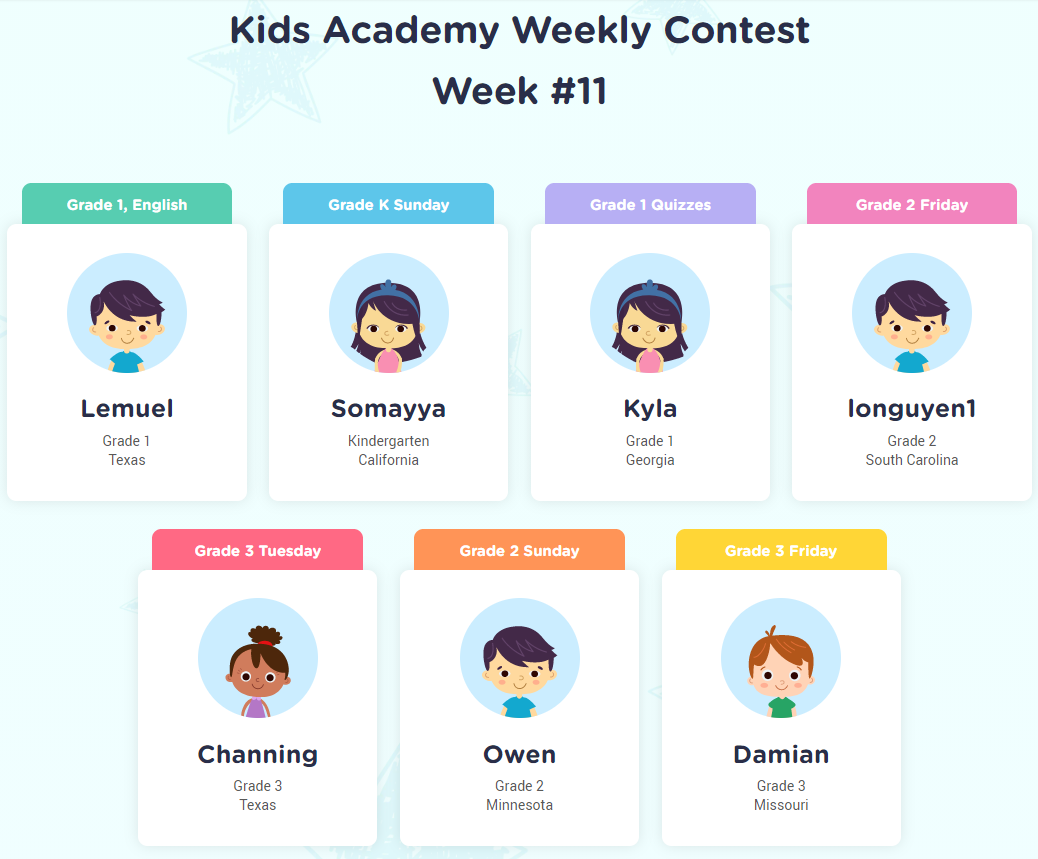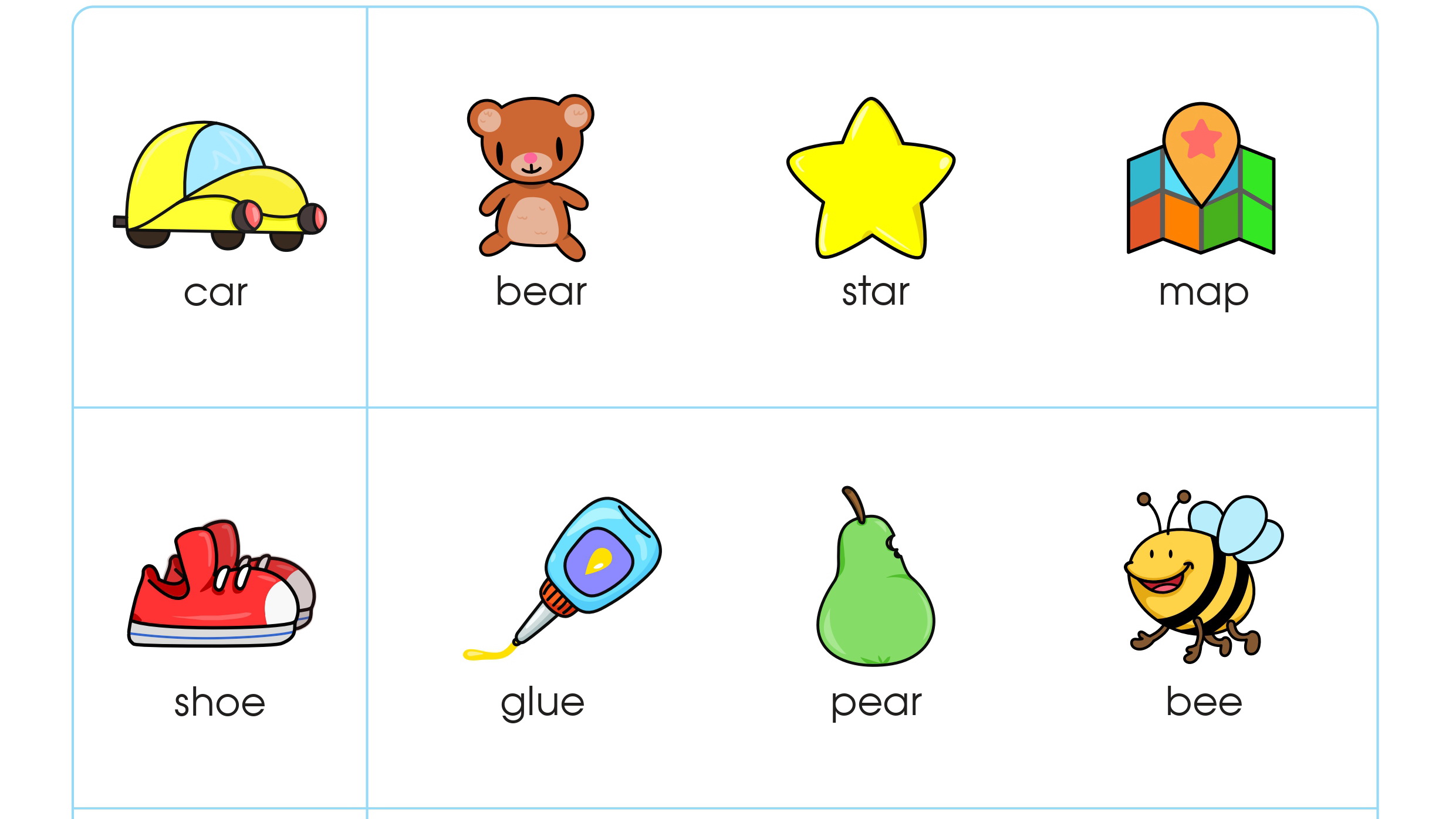Color recognition Reading Worksheets for Ages 6-8
28 filtered results
-
From - To
Discover our engaging color recognition reading worksheets designed specifically for ages 6-8! These interactive resources help young learners identify and understand colors while developing essential reading skills. Each worksheet features fun activities that combine color recognition with reading tasks, making learning enjoyable and effective. Perfect for use in the classroom or at home, our worksheets cater to various learning styles and promote creativity. With vibrant illustrations and age-appropriate content, your child will gain confidence in their abilities while enhancing their cognitive skills. Dive into a colorful learning adventure and watch your child excel in both color identification and literacy!


Red and Blue Coloring Fun Worksheet
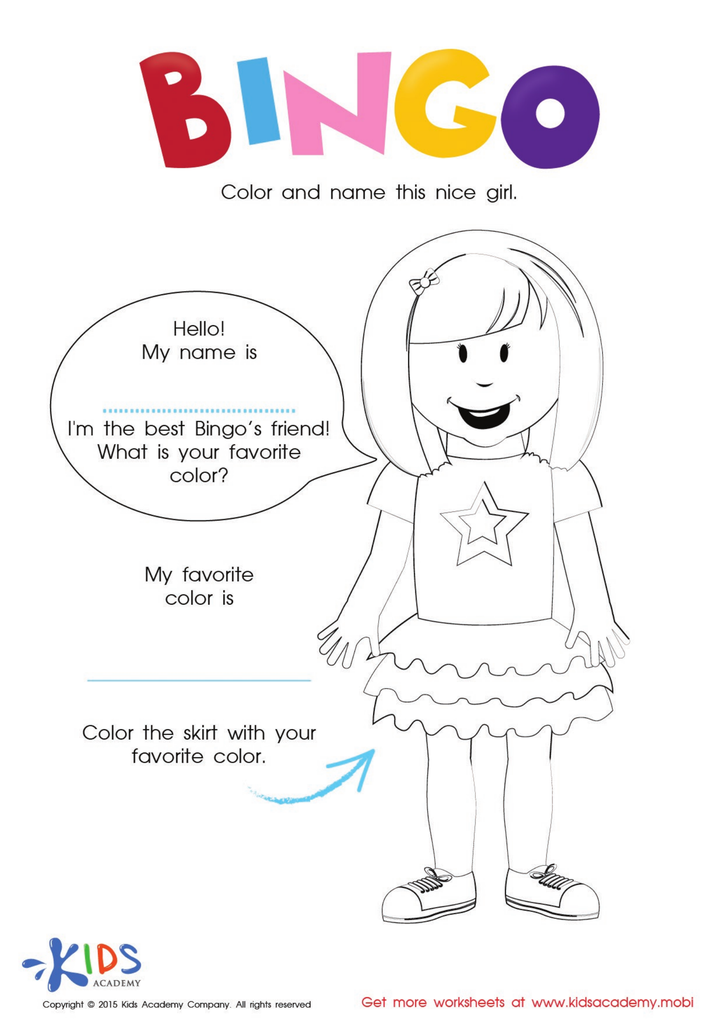

The Bingo Song: Coloring The Girl Worksheet


Yellow and Green Coloring Fun Worksheet


Little Blue Belle Worksheet
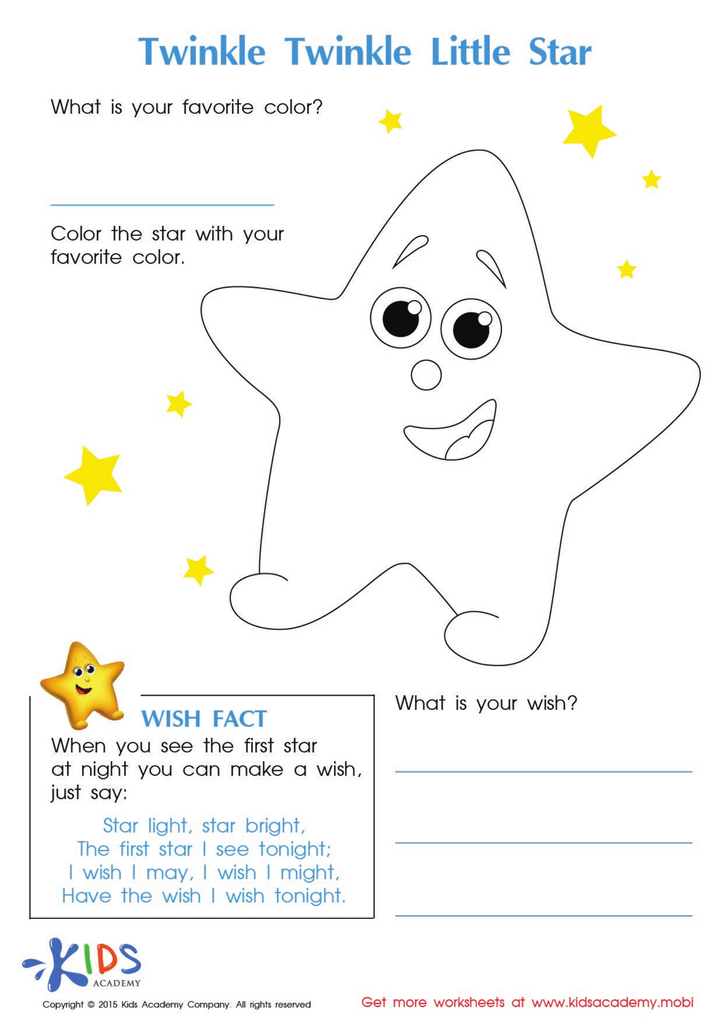

Twinkle Little Star Coloring Worksheet


Twinkle Twinkle Little Star Coloring Page
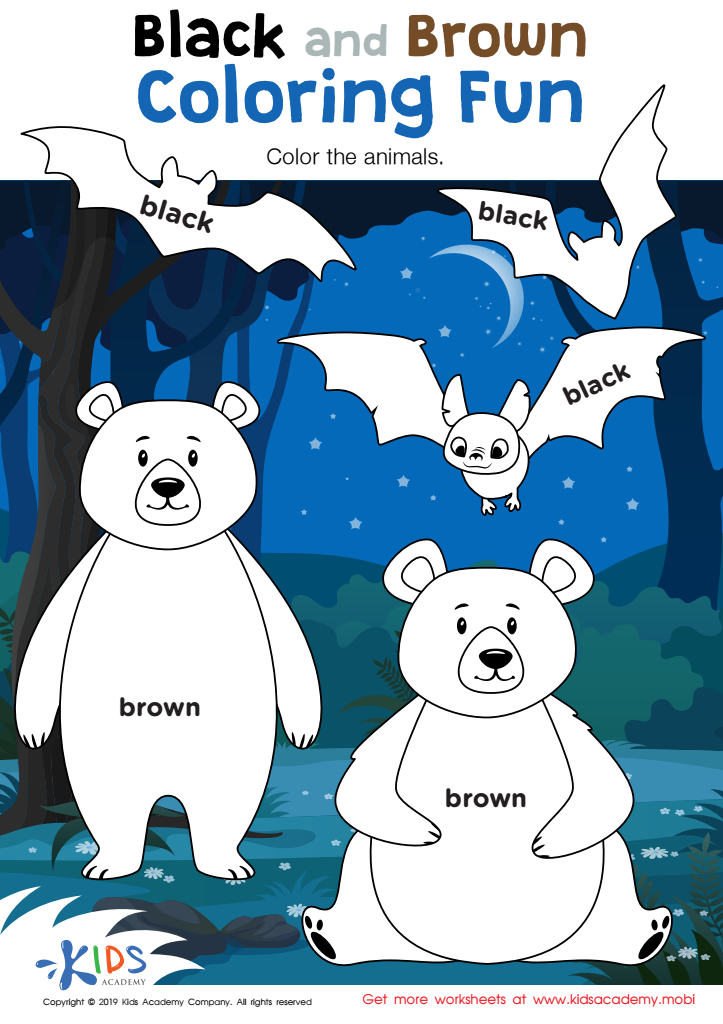

Black and Brown Coloring Fun Worksheet


Baby Pandas Worksheet
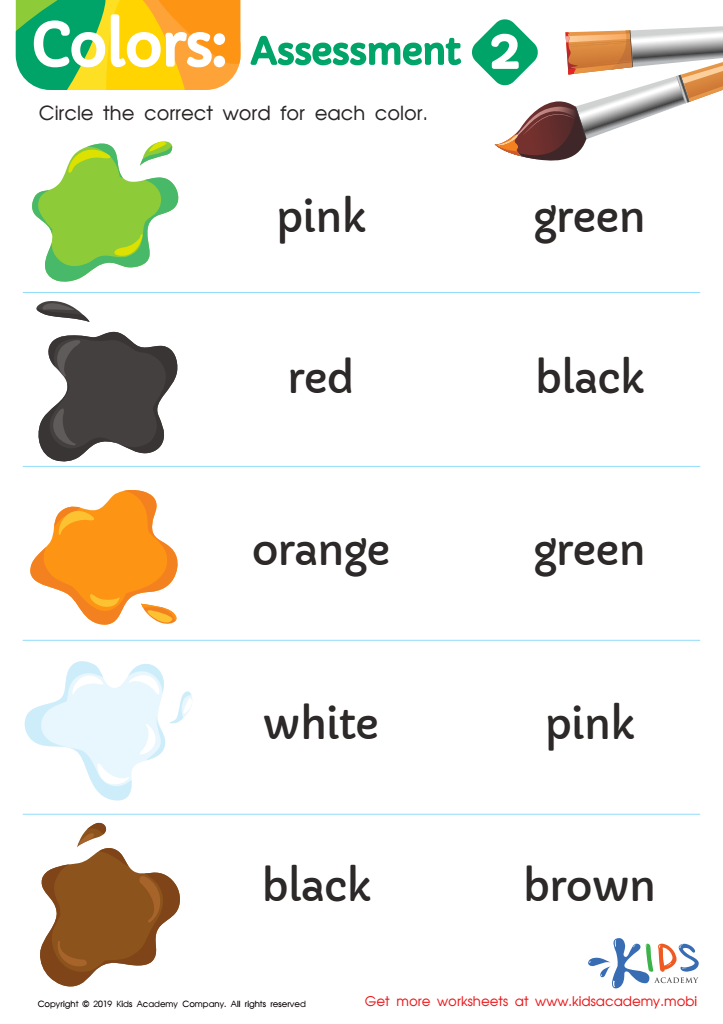

Colors: Assessment 2 Worksheet


Purple and Orange Coloring Fun Worksheet


Colors: Assessment 1 Worksheet
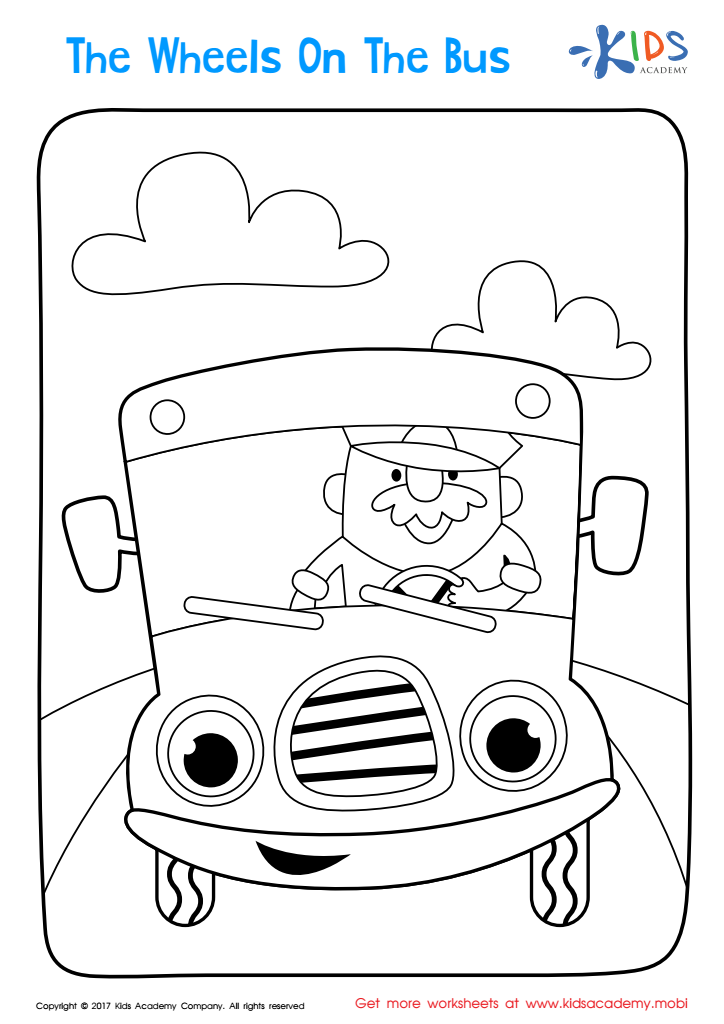

The Wheels on the Bus Coloring Page
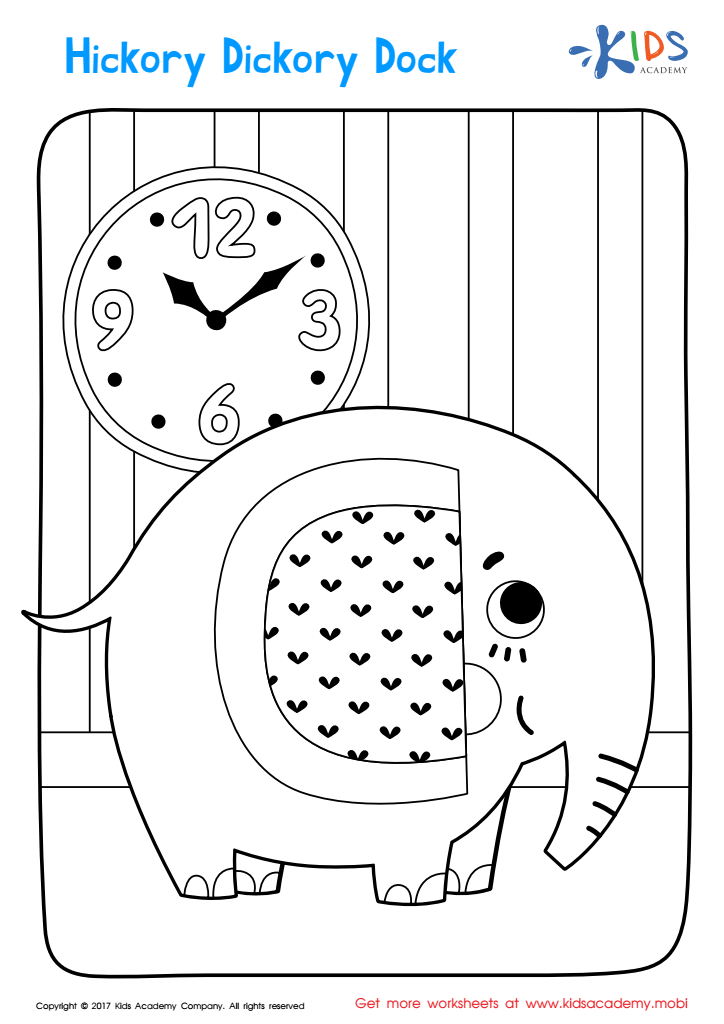

Hickory Dickory Dock Coloring Page
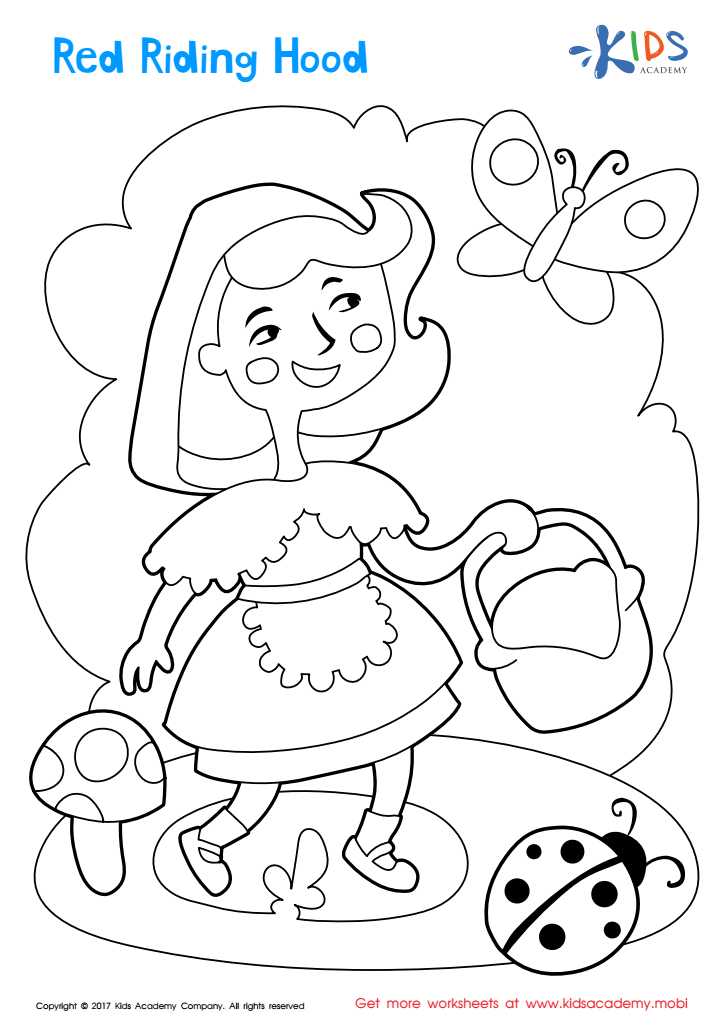

Red Riding Hood Coloring Page
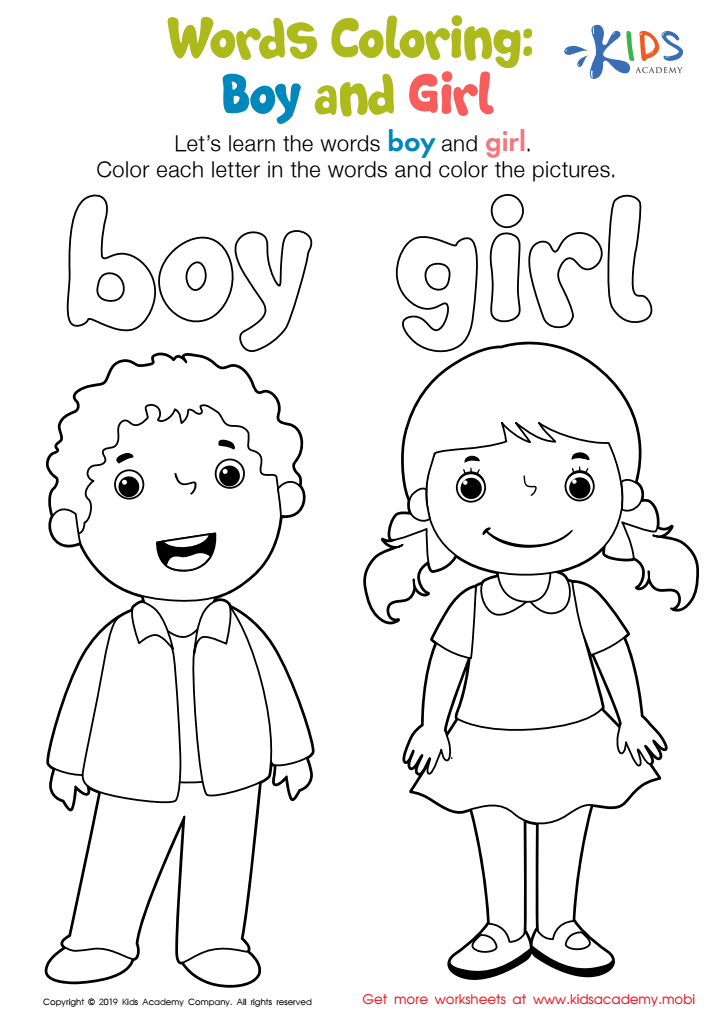

Boy and Girl Words Coloring Worksheet
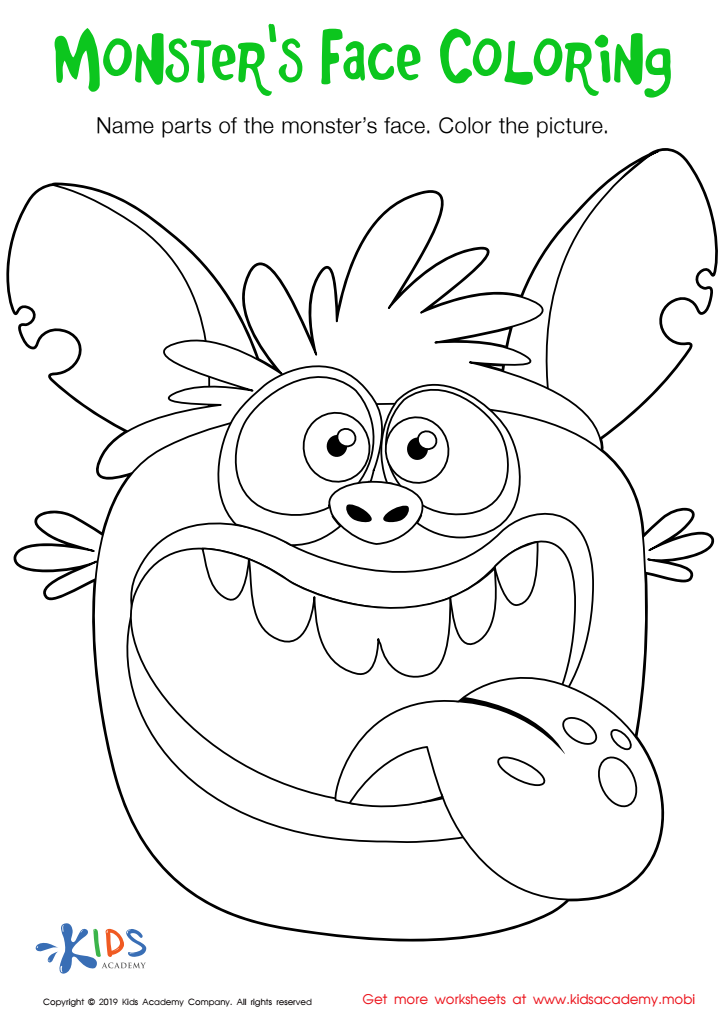

Monster's Face Coloring Worksheet


Tired and Worried Words Coloring Worksheet
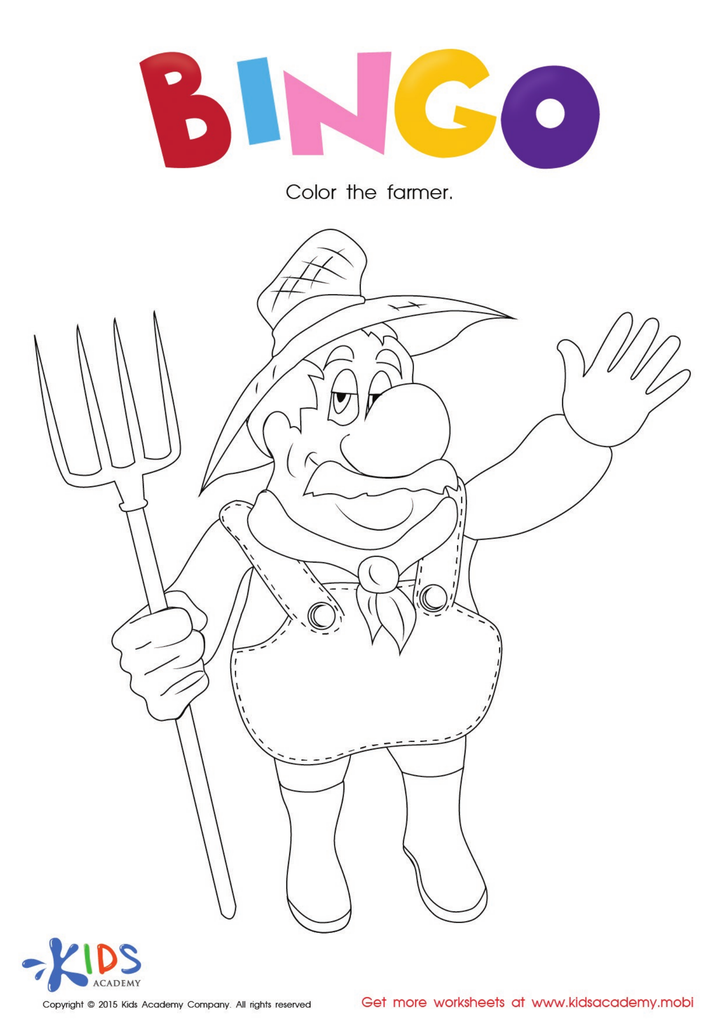

The Bingo Song: Coloring The Farmer Worksheet
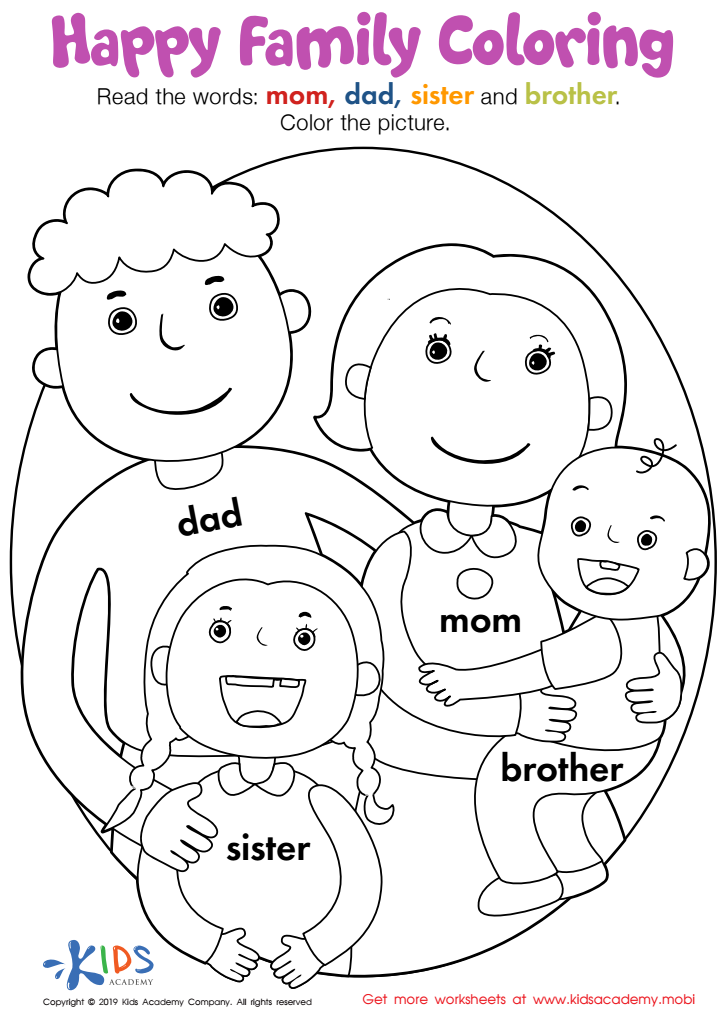

Happy Family Coloring Worksheet
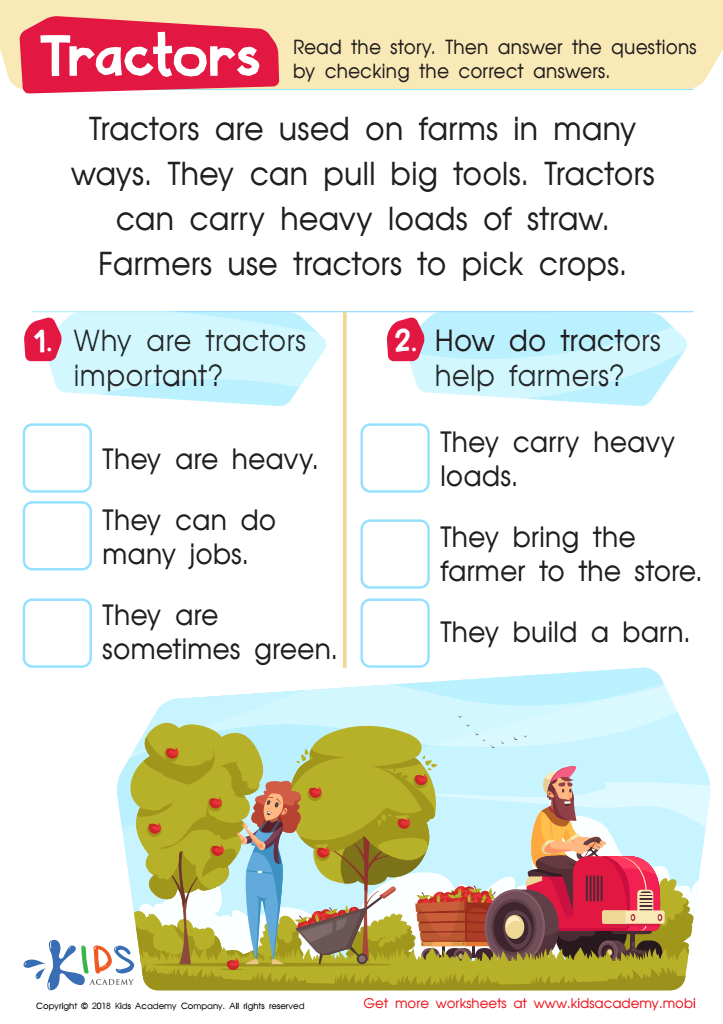

Tractors Worksheet


White and Pink Coloring Fun Worksheet
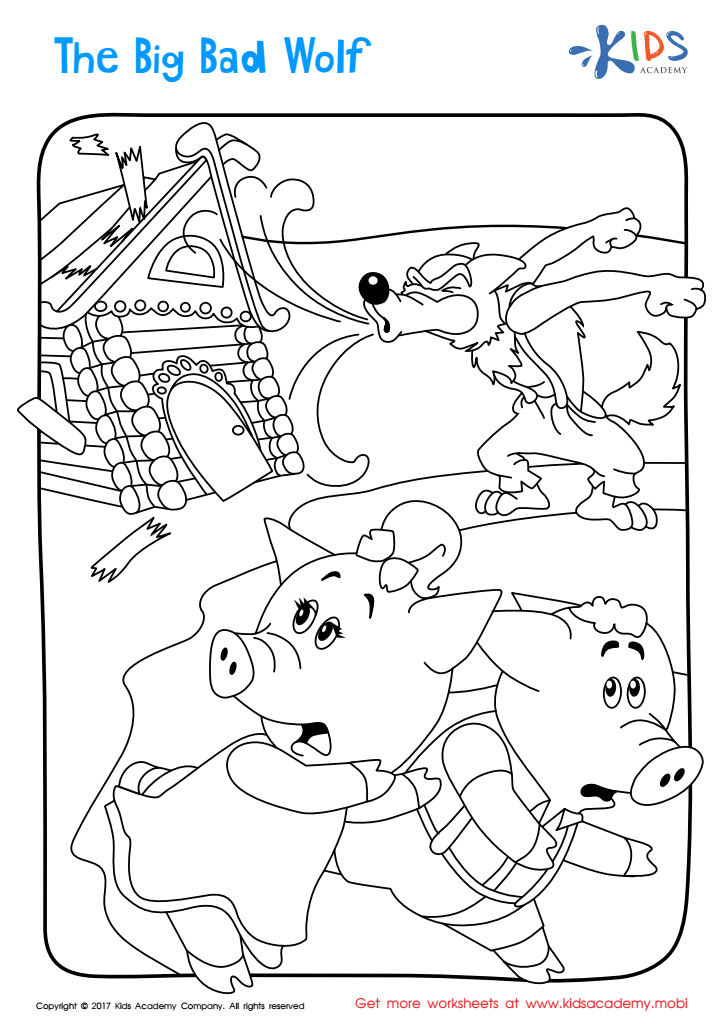

Big Bad Wolf Printable Coloring Page
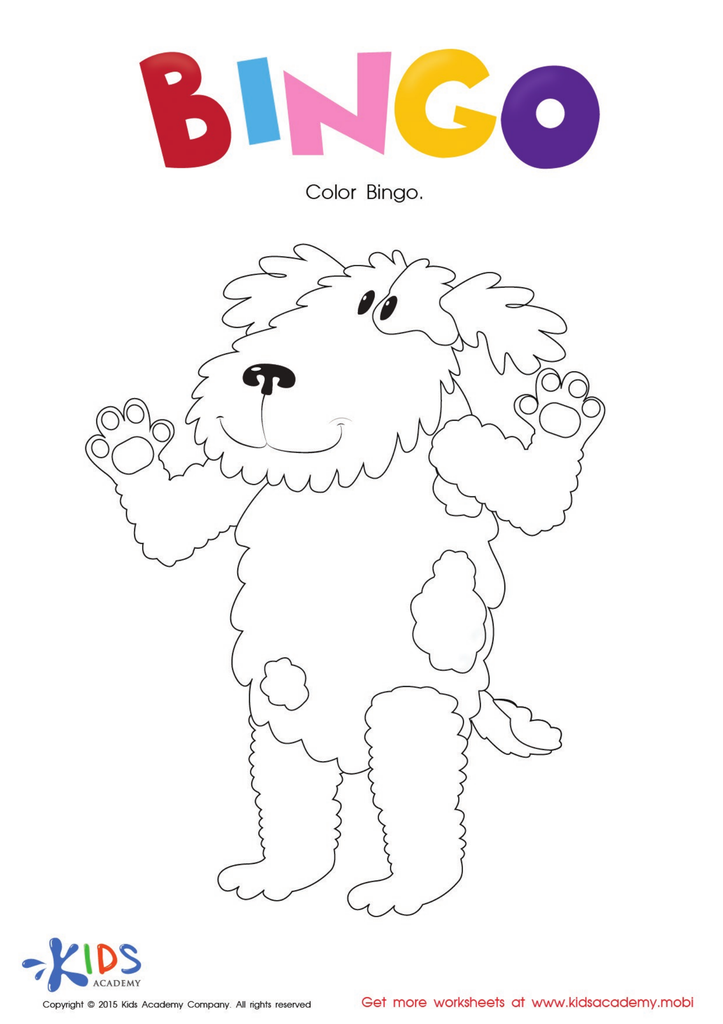

The Bingo Song: Coloring The Dog Worksheet


Twinkle, Twinkle, Little Star – Coloring by Numbers
Color recognition is a foundational skill that serves as a critical building block for early literacy development in children aged 6-8. For parents and teachers, understanding the importance of color recognition can enhance educational strategies and foster a richer learning environment.
Firstly, color recognition aids in language development. As children learn to identify and name colors, they expand their vocabulary and improve their descriptive skills, enhancing their overall communication abilities. Furthermore, associating colors with letters and words can lead to more effective reading strategies. For instance, vibrant illustrations in children's books often use colors to convey emotions or themes, encouraging young readers to make connections between what they see and what they read.
Secondly, color recognition supports cognitive skills, including memory and categorization. Children use colors to group objects, labels, and scenes, thereby improving their ability to recall and organize information. This skill is especially beneficial when they learn to categorize words by their initial sounds or phonetic patterns.
In summary, emphasizing color recognition helps foster literacy, expand vocabulary, and enhance cognitive development, making it an essential focus for parents and teachers in nurturing proficient readers at this crucial developmental stage.

 Assign to My Students
Assign to My Students






